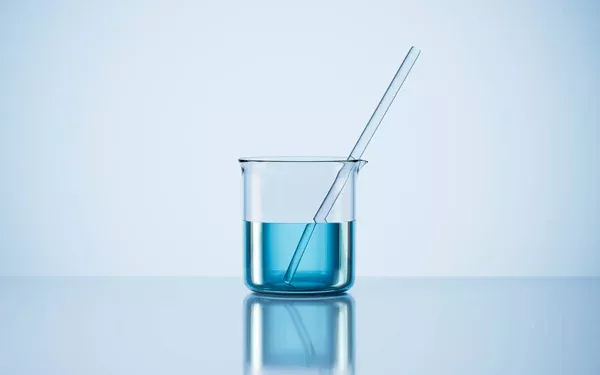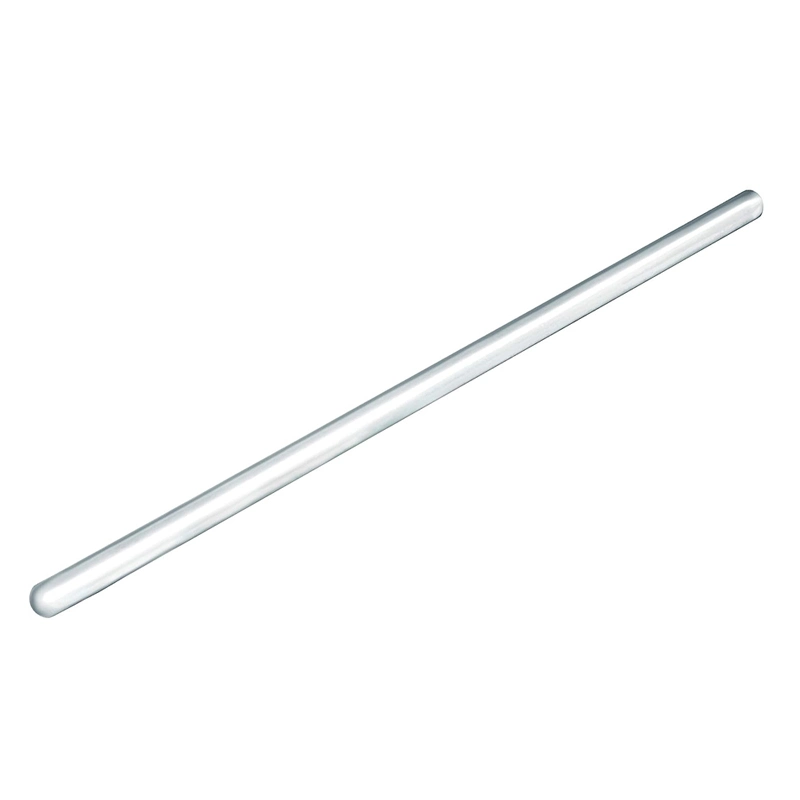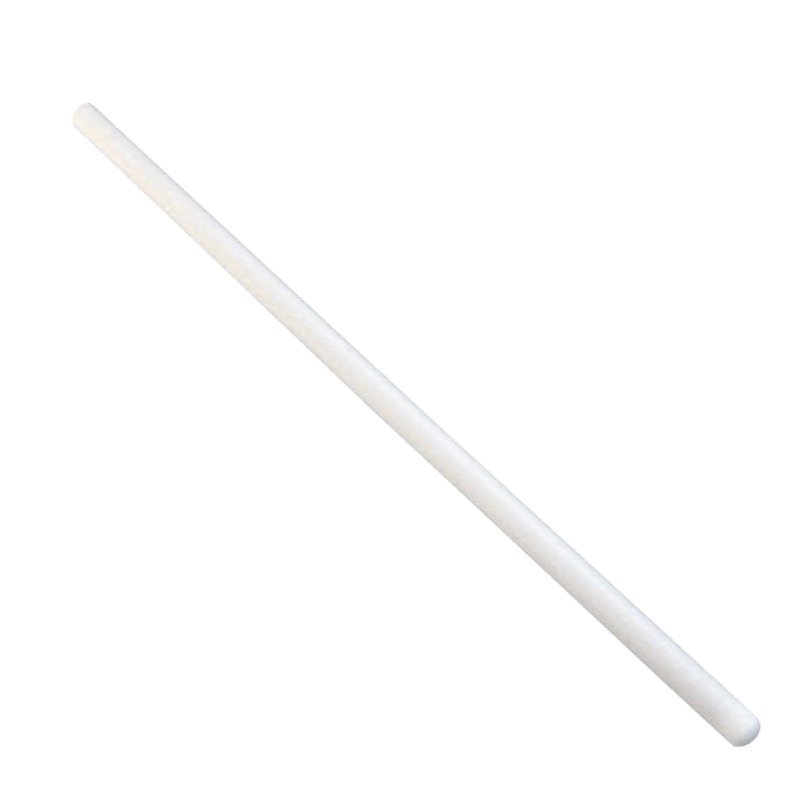Stirring Rods in Laboratories: Types and Uses

A stirring rod is a thin, cylindrical rods made of the diffferent material such as plastic, glass or ptfe that are frequently employed in lab settings that can use to stir liquid samples. Also used to transfer liquids or scrape materials from a container’s interior surface.
Stirring rods are a necessary equipment in laboratories and they come in a variety of sizes and are composed of several material which has a lot of advantages including resistance to heat and chemicals. A common type is the borosilicate glass which is used for general liquid stirring and mixing.

Another option is ptfe rods, which feature a Teflon coating that protects them from acid and chemical attack. There are specialised glass rods, such as those with a flattened end or those with a hook at one end, that are made for certain tasks like scraping or retrieving materials.
For a number of reasons, glass rods are crucial in lab settings. First off, glass is a material that is inert and does not react with many substances, which makes it the perfect choice for laboratory equipment.
Second, because glass rods are simple to sterilise, they can be used in investigations that call for a sterile setting.
Lastly, since rod glass has a flat surface that is easy to clean and prevents any residue from sticking to it, the chance of cross-contamination across tests is decreased.
To get more information and check all the Borox stirring rods, visit website.


